In the summer of 2021, I was at a turning point in my career. On the outside, everything looked all right. I had a steady job, a good salary, and potential to progress further at the company I was working at.
But I didn’t feel good. I knew I wasn’t doing things that matched my true potential.
And I was constantly facing two problems.
- Abundance of ideas: I had so many ideas for different projects and paths I could take. But I couldn’t make a choice. With so many possible paths, where to go? Should I quit my job and go work for another company? Should I choose a remote-only environment or go back to the office? Maybe I should start my own business or go freelance? Paralyzed by the number of options, I wasn’t making any progress; I was just sitting in one place.
- Consistency struggles: On the other hand, my mini-projects often failed. Or at least, I failed at completing them. When I eventually got around to starting a project, I had a hard time working on it after the first hype and motivation wave. As soon as it wore off and the frustration set in, I had a hard time staying consistent.
These two combined created a big internal struggle. On one hand, I knew I could do more. But my lack of consistency contradicted that belief and made me feel like a failure.
After many loops of trying, failing, and dreading myself, I decided to seek a solution that could help me make decisions more quickly and build systems that help me succeed on the path I chose.
And that’s when I found out about Neuro-Linguistic Programming (NLP) training programs.
What is Neuro-Linguistic Programming (NLP)? + A note on the ethical standards
Neuro-linguistic programming (NLP) is a set of self-coaching and communication tools and techniques that connect mind (neuro), language (linguistic), and behavioral patterns (programming).
The goal of the training is to help participants better uncover things like:
- Values: Your core life values and how to live more in accordance with them
- Beliefs: Beliefs you have about yourself and the world around you, and how they’re either supporting you or keeping you back
- Systems: You learn what systems are, and start noticing which successful systems you already have, and which you might want to change. Then, you learn how to notice other people’s systems and reverse-engineer them.
And so much more.
There are three levels of NLP training: NLP Practitioner (130 hours), NLP Master (130 hours), and NLP Trainer (130 hours).
So far, I’ve completed the NLP Practitioner and NLP Master programs.
A note on the ethical standards of NLP
Neuro-linguistic programming (NLP) has a mixed reputation and is sometimes referred to as a pseudoscience. This is because certain groups claim that NLP can treat mental and physical illness, cure phobias, improve IQ, help people get rich quickly, and more.
It’s important to note that I have attended and completed training in line with IANLP ethical standards and training curriculum, which recognize the limitations of the method.
Personally, I use NLP as a self-development tool that helps me understand myself better, set and achieve goals, understand different perspectives, communicate more effectively, give and receive feedback, trust my intuition, and live more in tune with my values.
Lesson #1: Learning about our differences
A large portion of the training was dedicated to learning about the communication differences that can easily lead to conflicts if not understood.
Visual, Auditory, and Kinesthetic Styles
You’ve probably heard about the three types of learners:
- Visual: Those who like pictures, colors, illustrations, and so on
- Auditory: Listeners
- Kinesthetic: Those who need to experience something first-hand to remember it well
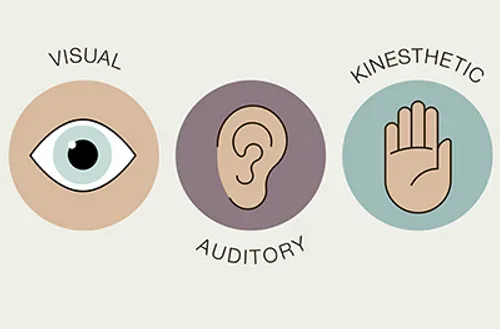
But did you know that these styles go well beyond learning?
Each person has their dominant style, which shapes how they interpret information presented to them, how they communicate, and make decisions. 🤯
That explains why my dad (auditory) always wants to tell me the exact directions on how to get somewhere, and I (visual/kinesthetic) need to see the Google Map directions and go through the route myself to fully understand it.
Just imagine how many fights we could’ve avoided if I had known this earlier!
Two out of nine NLP Practitioner modules are dedicated to this:
- Figuring out your dominant system
- Learning how to improve the other two systems
- Learning how to adapt your communication to different styles
And here’s an example of how you can use this in a work environment.
Let’s say you need to show your colleague how to use a new tool.
➡️ A visual learner might benefit from a video showing them how to get around.
➡️ An auditory learner could do with a long, written explanation.
➡️ A kinesthetic learner might want to try it out themselves and get back to you with questions.
All of that helps us understand ourselves and the person we’re talking to better, and adapt our communication styles to match that.
Perception of time
According to NLP, the way people perceive time is a spectrum with two vastly different ways at each end of the spectrum:
- “Through time” perception: A person who’s “through time” is often a good planner, who always makes it on time to their appointments, and highly values punctuality. However, they can often be anxious, dissociated, and living in the past or future, rather than the present moment.
- “In time” perception: A person who’s “in time” easily gets into the “flow state,” and can forget how much time has passed. Even though they’re often living in the present moment and are less anxious than the folks on the other side of the spectrum, they can be disorganized and often late to appointments.
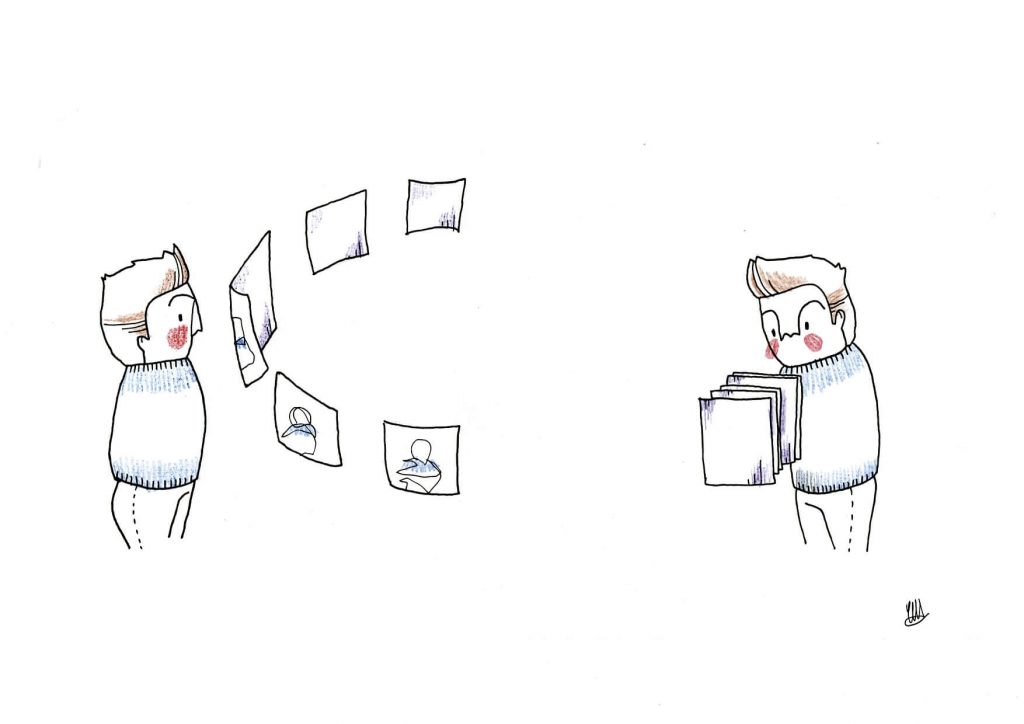
As I mentioned, this is a spectrum, and most people are somewhere in between. Also, one person can perceive time differently depending on the situation they’re in: work, vacation, family event, etc.
The goal is to recognize your patterns and figure out which ones support the life you want to live, and which ones do not.
Also, this is an incredibly helpful tool for understanding other people and learn when you want to adapt to someone else and when you want to set a firm boundary.
For example, I’m the person who’s always on time, and my partner is the one who’s often late. These differences used to cause a lot of conflicts between us.
He couldn’t understand why being 10 minutes late to a family event made me very anxious, and I couldn’t understand how he could be so relaxed about it.
After learning about differences in time perception, both of us learned to be more flexible and adapt to each other.
Now, we evaluate each situation. If it’s important to me to be somewhere on time, he will make an effort to better organize his time. And I’m making an effort to be more relaxed whenever timeliness isn’t necessary.
And guess what? I feel much more relaxed this way!
Lesson #2: Practice creates change
Personal development is definitely a hot topic. There are so many materials you can learn from: books, YouTube videos, podcasts, bite-sized lessons on TikTok and Instagram reels, and so on.
When you start consuming these, it’s easy to get stuck in the loop of getting an instant dopamine shot about learning something new. Then, move on to the next thing.
But without implementing any of that knowledge in your life, it quickly evaporates.
NLP Practitioner has 9 full weekend modules spread over 9 months. It’s designed to include a lot of practice and real-life implementation. Thanks to these practices, I noticed what kind of positive impact the program had on my life.
I’m going to use this lesson for other life segments, too.
In this context, doing fewer things but with more depth creates longer-lasting changes.
And you may need to repeat the same processes and practice over and over again until you become really good at them.
Which leads me to my next lesson.
Lesson #3: Practice makes perfect? No, practice makes improvement
At the beginning of my article, I mentioned that I struggled with consistency and seeing projects through to the end.
At some point, NLP has taught me how to overcome some of my internal struggles and commit to things. But I also picked up some not-so-great beliefs along the way.
One of them was that if I practice something really, really hard, whatever I’m doing will reach a perfect state.
At that point, I was preparing two dance choreographies for a competition, and I was practicing relentlessly.
And I was very wrong. I was trying to reach perfection, instead of seeking improvement and noticing signs of it.
Here’s why I think I made a major mistake here:
- Perfect is an arbitrary thing that all of us create for ourselves, and there’s no one definition of “perfect”. When we add new knowledge and experience, the idea of perfection can change and become more and more unattainable, eventually leading to burnout and giving up.
- Following that, having an unattainable goal is very demotivating. If you’re constantly trying to get somewhere, but the destination keeps getting further and further away, it makes you feel tired and unsuccessful.
- While trying to be “perfect”, I was often ignoring how much progress I made. On one side, I made huge achievements and leaps, but I was still unhappy.
- There are many ways to succeed. When I focused only on the idealized version I created in my head, I missed out on so many opportunities that presented themselves along the way.
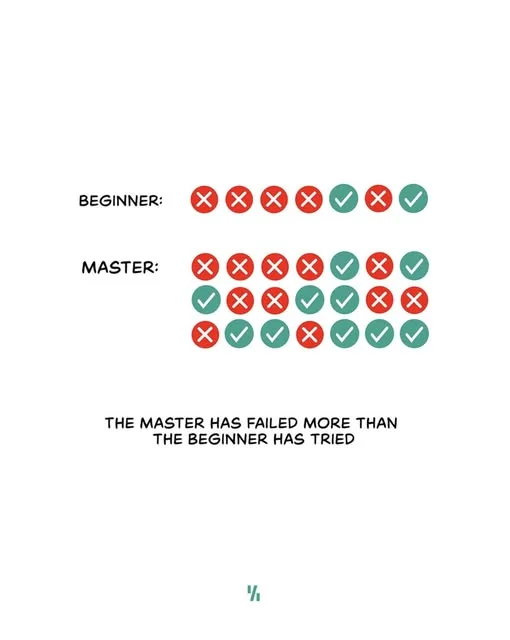
Practice doesn’t make perfect. Practice makes improvement. And failure is an essential part of achieving any goal you set for yourself.
Lesson #4: All successful people have good systems in place
I used to think that successful people had some hidden talents I couldn’t see. A secret sauce they were born with.
And that success of a similar level was unattainable for me, because… Well, I didn’t have any hidden talents.
I would look at these folks with admiration and a little bit of bitterness and jealousy:
“Lucky them! They’re so talented! I can’t be like them, I don’t have the talent to do that.”
During my NLP education, I learned that success actually comes from a mix of good systems. And they typically include well-set goals aligned with my aspirations, sets of habits that lead towards results, a good belief system, thought processes, and confidence in my experience and knowledge.
That means that you can examine and reverse engineer someone’s success. And no, that doesn’t mean copying everything they do, but understanding better what kind of steps I may need to take to get where they are.
In NLP, this reverse-engineering process is called modeling. And it’s covered in great detail in the NLP Master program.
Learning “how to model” made me rethink my entire relationship with success and how I perceive successful people. This eventually led to a more open-minded and curious approach.
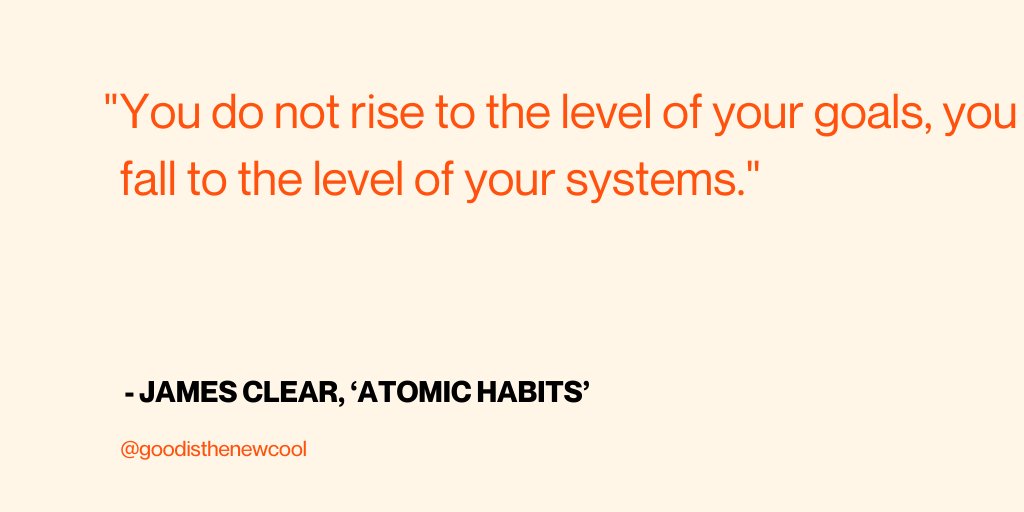
Now, when I see someone who’s doing what I want to do, I look for bits and pieces of their systems and ask questions about their journeys. So I can find useful details to implement in my own path.
Lesson #5: Practicing “ecology” towards myself and those around me
The term ecology isn’t new and refers to the study of the relationships among living organisms and between organisms and their environment.
But the term “ecology” in NLP goes a step further and questions the idea of how our goals and aspirations affect our lives and the lives of those around us.
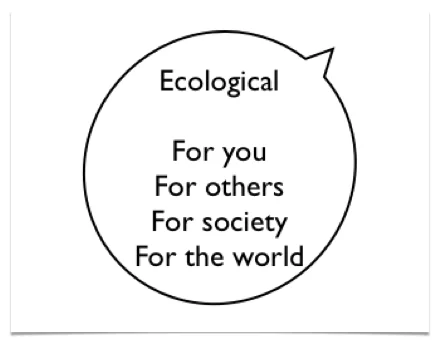
For example:
- If I’m trying to achieve several ambitious goals at once and that ends up negatively impacting my health, then that’s not ecological towards myself
- If I live with my partner and highly value our relationship, then I make sudden decisions that impact their life and our relationship, then that’s not ecological towards them and our partnership
- If achieving my goals negatively impacts any part of my life or another group of people, it’s not ecological
While this concept sounds simple, it can sometimes be very challenging to implement. Personally, I tend to jump into new projects and get completely obsessed with them.
This has led me to burnout several times before, and even though I’m getting better at being good to myself, I can still sometimes slip into these patterns and notice the signs of burnout a little bit too late.
Like everything else in life, it’s a work in progress!
Neuro-Linguistic Programming: A framework that sparked a deep change in me
Looking back, investing my time and energy in NLP training has been one of the best decisions I’ve made for myself. It gave me a framework to understand my own patterns better, a language to describe them, and the tools to change them when needed.
I didn’t walk out of the training with a completely new life or an overnight transformation.
Instead, I gained something far more valuable: awareness and practice. Awareness of how I think, communicate, and make decisions. And practice in shifting those patterns when they don’t serve me.
Since completing the Practitioner and Master programs, here are some of the most important changes I’ve noticed in myself:
- I make decisions more quickly, with less second-guessing.
- I’ve built systems that keep me consistent, even when motivation fades.
- I’ve learned to approach conflicts with curiosity instead of frustration.
- I’m kinder to myself, and I’m celebrating progress instead of chasing perfection.
- I evaluate new opportunities through the lens of “ecology,” checking whether they truly align with my health, relationships, and values.
Of course, NLP is not a magic wand. It doesn’t replace therapy, deep self-reflection, or years of experience. And it’s not without its critics. But for me, it’s been a powerful tool for growth.
If you’re at a crossroads in your career or personal life, and you find yourself stuck in the same loops I was, I encourage you to explore different personal development frameworks.
NLP may or may not be the right one for you, but finding a method that helps you bring awareness and intentionality to your choices is worth the effort.
Because at the end of the day, growth doesn’t come from waiting for the perfect moment. It comes from practicing, experimenting, and being open to change.
And NLP gave me the confidence to do just that.
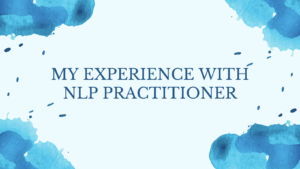
Leave a Reply